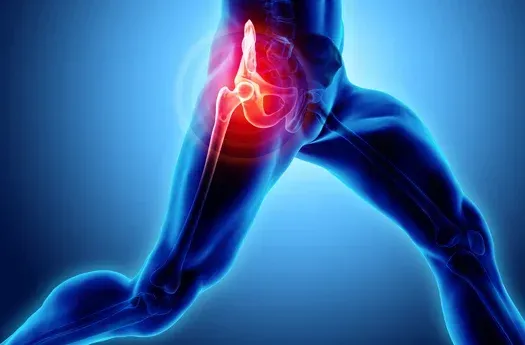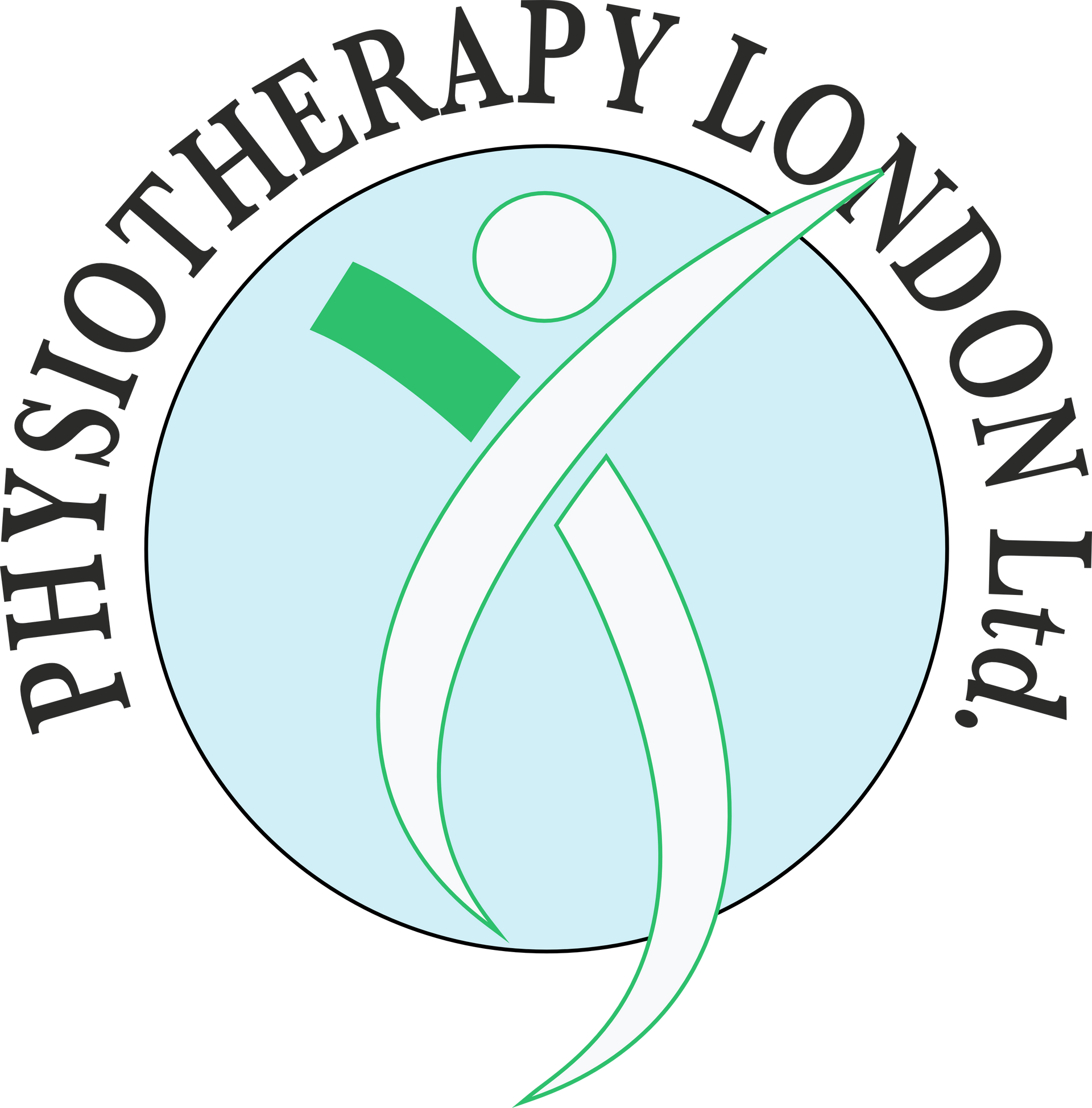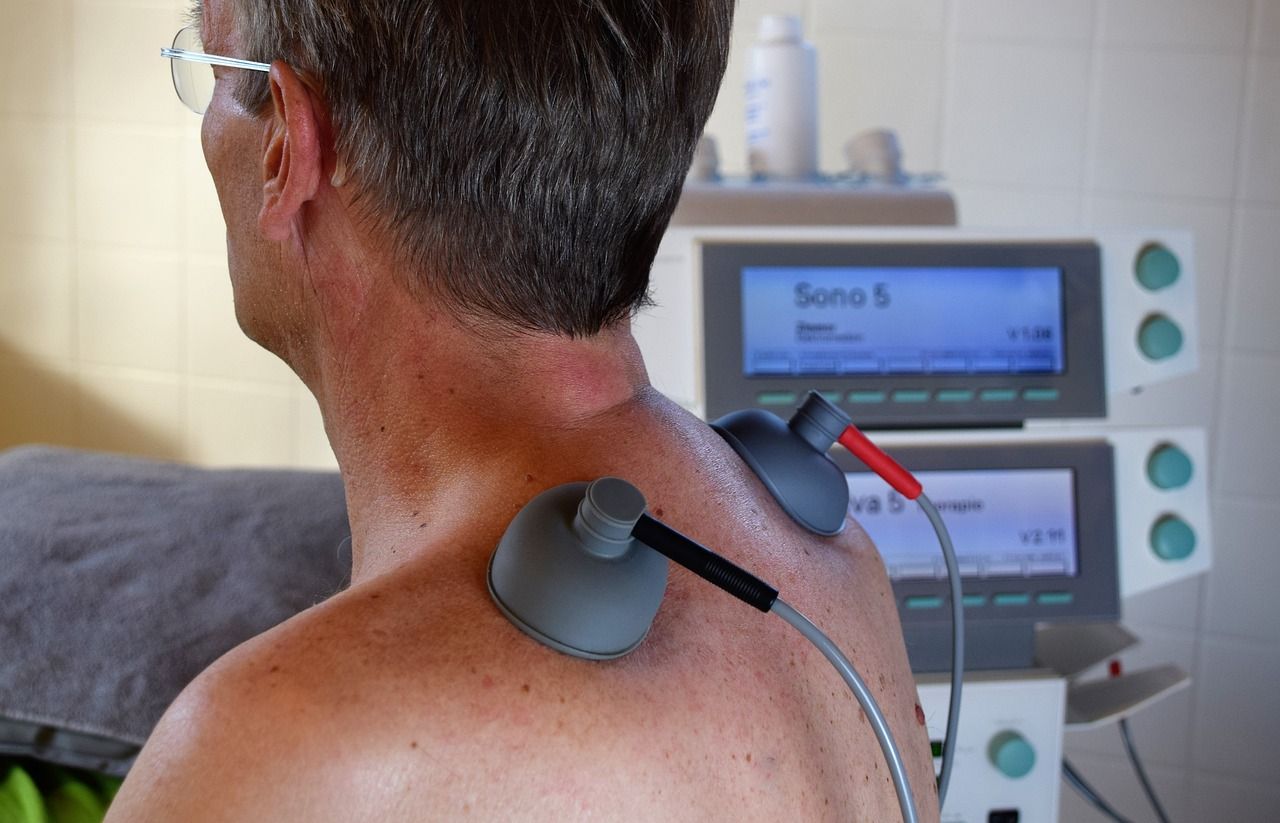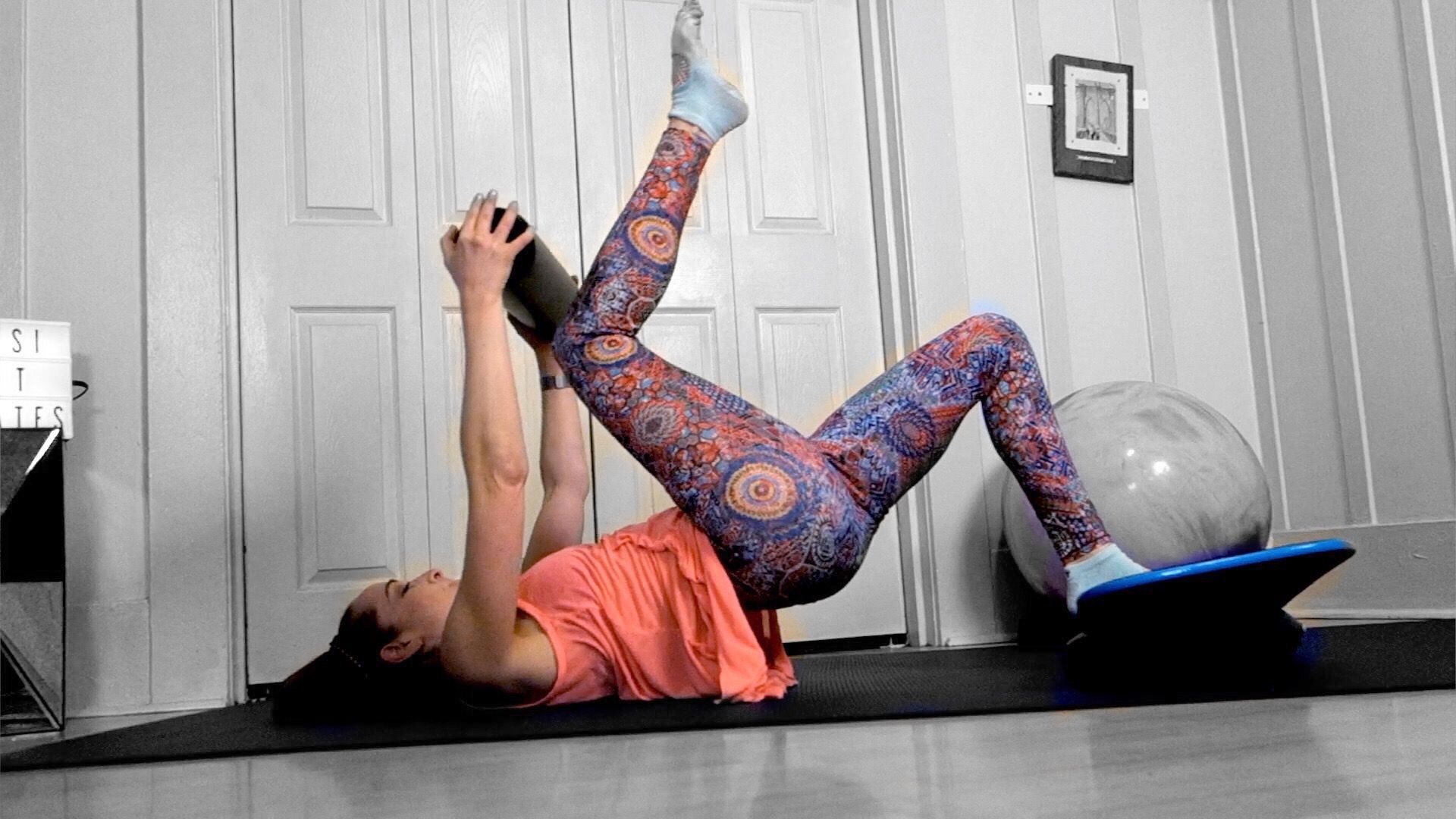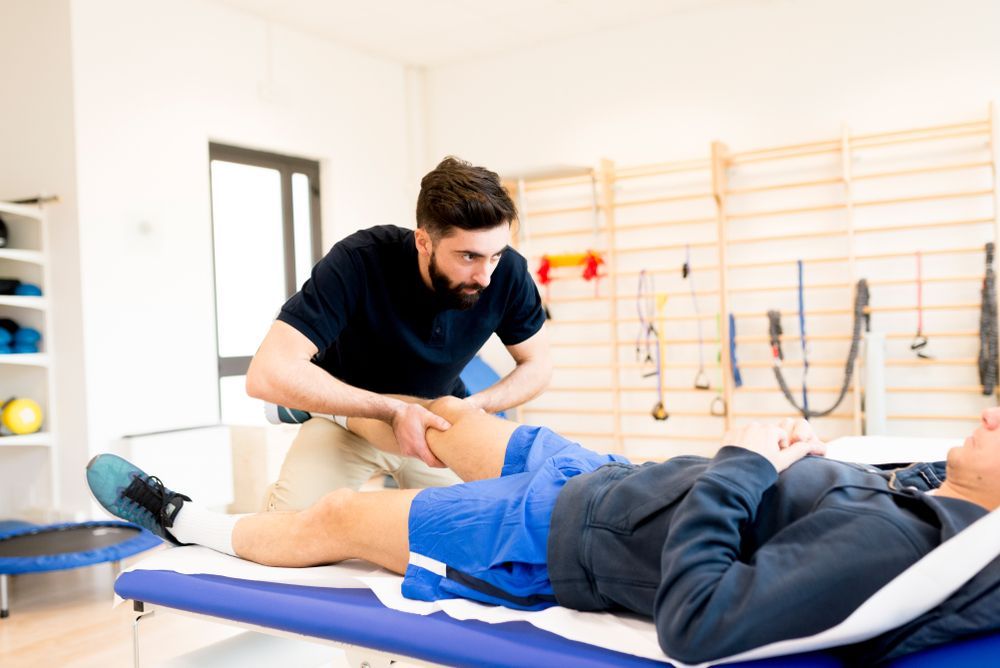Boosting productivity at work may be simple : Stand up
- By Roza Ferenczi
- •
- 26 Jan, 2018
- •

work and our evenings bent over looking at our devices. There is very little time when we are not in this fatal
position.
Physiotherapists warn us by saying that sedentary lifestyle and bad posture in general can lead to serious
problems in later life. If people do not make changes soon it could lead to the development of a hunchback and a
spine that cannot be straightened.
Sedentary lifestyle
disease and early death. Additionally, sitting all the time burns very few calories, and many studies have linked it
to weight gain and obesity. Working in an office, for example, which is usually followed by relaxing in a chair or
sofa at home, or possibly sitting at a bar or restaurant, means sitting for most of the hours in a day.
Previously, it was thought that twenty minutes of daily exercise provided a baseline for good health. And while
exercise does hedge against the risks associated with inactivity, even individuals who exercise regularly are at
higher risk of contracting serious disease if they are in the habit of sitting through most of the day.
How should I work?

with a desktop computer. It has become such as a problem that it has even been called “text neck”. If you are
going to work for a long period then make sure you are set up correctly, with your feet on the floor and on a chair
that supports your back. Avoid looking at your laptop on your bed or couch, as this is much worse for your back.
Enhance your productivity with a standing desk
standing desk is basically a desk that allows you to stand up comfortably while working. Many modern versions
are adjustable, so that you can change the height of the desk and alternate between sitting and standing. These
are referred to as height-adjustable desks, or sit-stand desks. Although research is still in early stages, it does
appear that using a standing desk can have impressive benefits for health. It may also increase productivity. At
the very least, using this type of desk can partly negate the harmful effects of sitting too much.
A common concern about standing desks is that they hinder daily tasks, such as typing. While standing each
afternoon may take some getting used to, standing desks appear to have no significant impact on typical work
tasks. Considering that standing improves mood and energy as well, using a standing desk is more likely to boost
productivity rather than hinder it.
It is time to take a stand
simply is not enough. The first step toward leading a less sedentary life is to count the number of hours you sit
each day. Once you start counting, you are more likely to change your behaviour. The next step is setting
achievable goals and finding opportunities to incorporate greater physical activity – and less time sitting – into
your daily life.
For example, at work, put your feet on the floor, sit up tall, and put your arms by your sides. Pull your shoulders
back, squeeze your shoulder blades together, and then reach your fingers towards the ground while tucking your
chin in to lengthen your back. Keep your eyes forward as you feel your back stretch. Stand up or move for one to
three minutes every half hour; and when watching television, stand or exercise during commercials.
Weight gain is ultimately caused by taking in more calories than you burn. While exercise is the most effective
way to burn calories quickly, simply choosing to stand instead of sitting can also be beneficial. There is no doubt
that spending more time on your feet is beneficial for heart health.
Physio Medicine has designed an on-site workstation assessment and training programme (http://www.physiomedicine.
co.uk/treatments/workstation-assassment.html) to enhance flexibility, endurance and mobility whilst at
work. We also provide individual workstation assessment, group workstation assessment, posture advice
presentations on current set-up and the required changes that need to be made to make the given workstation
ergonomic. Book now (http://www.physio-medicine.co.uk/book-appointment.html) for a professional 1 hour
workstation assessment



